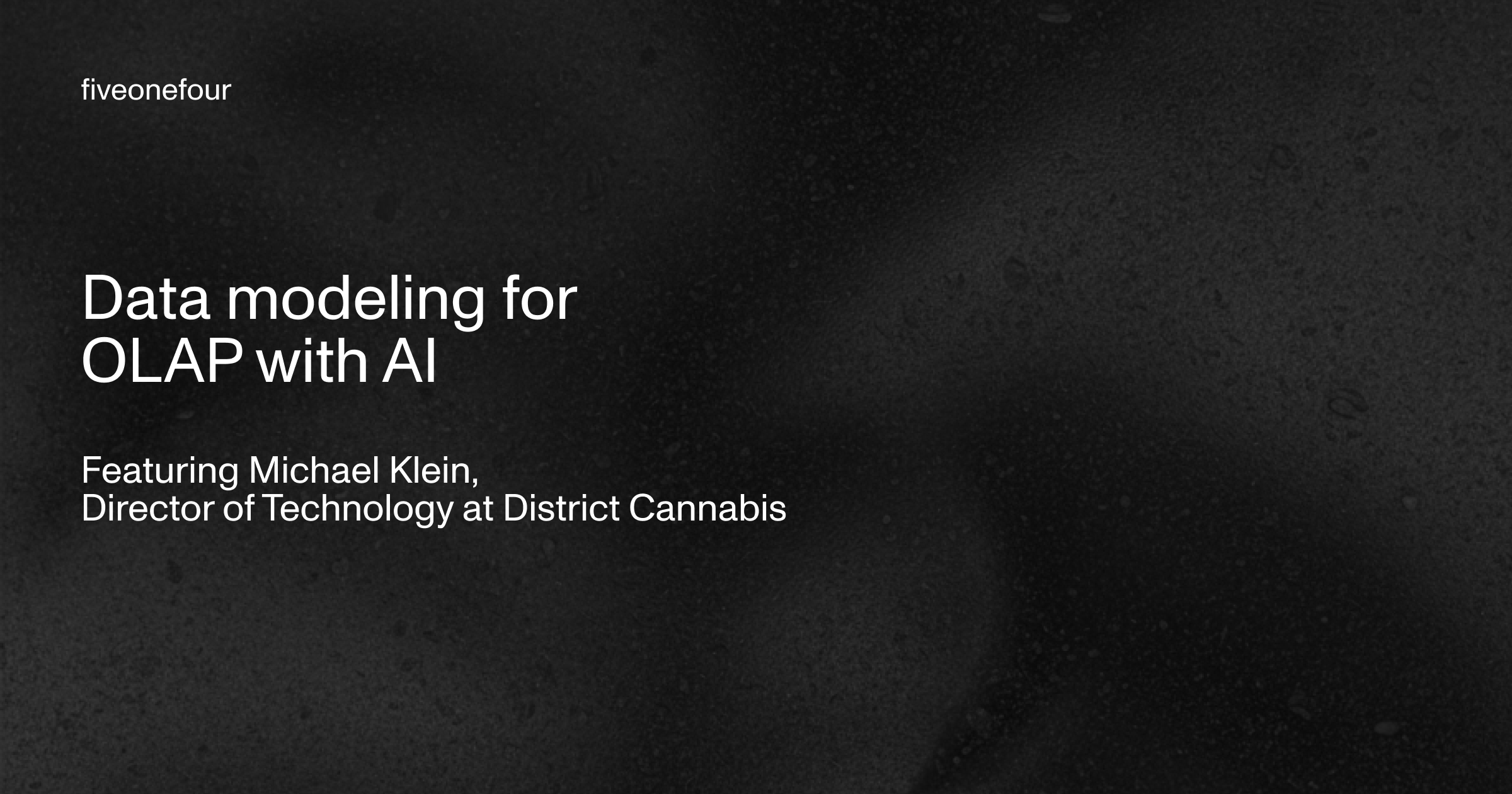Seeing the breadth of color
I still remember the first time I looked through a book on the photographer Joel Meyerowitz. The book was focused on his pairs of black-and-white and color photographs, taken seconds apart. Looking at one, and then the other, I felt moved by the color photographs. The work showcased how color infuses everything. In subtle and more obvious ways, it adds an incomparable dimension of information and aliveness to how we perceive our world.
And yet, we often conceptualize color according to an artificial dichotomy.
On one end, there is “color” and the “colorful,” which generally means joyful color at maximal intensity. The question “what is your favorite color?” really asks “what is your favorite vivid color?” Faced with a crude number of bright hues, we become opinionated. “I love blue.” “I hate yellow!” Color becomes highly subjective and triggering.
On the other end, deemed by many as being more “sophisticated” and safe, we have the “non-colorful” black, white, grays, neutrals, and occasionally browns, which we can turn to in order to avoid offending anyone.
Color is infinitely more nuanced. Hues are more nuanced. Most importantly, there are many colors along the intensity spectrum, and few default names exist for those. So we call them “terra-cotta,” “butter,” or “sea blue.” These are useful colors. Colors that feel both colorful and comforting. Colors we have evolved to be surrounded by. In nature, with the exceptional pops of vivid color in fruits, flowers, and certain animals, most colors are far from being as vibrant as those on your typical RGB color wheel.
Approaching color using all its properties can help free us from this either/or situation and appreciate a more expansive range of color.
.png)




